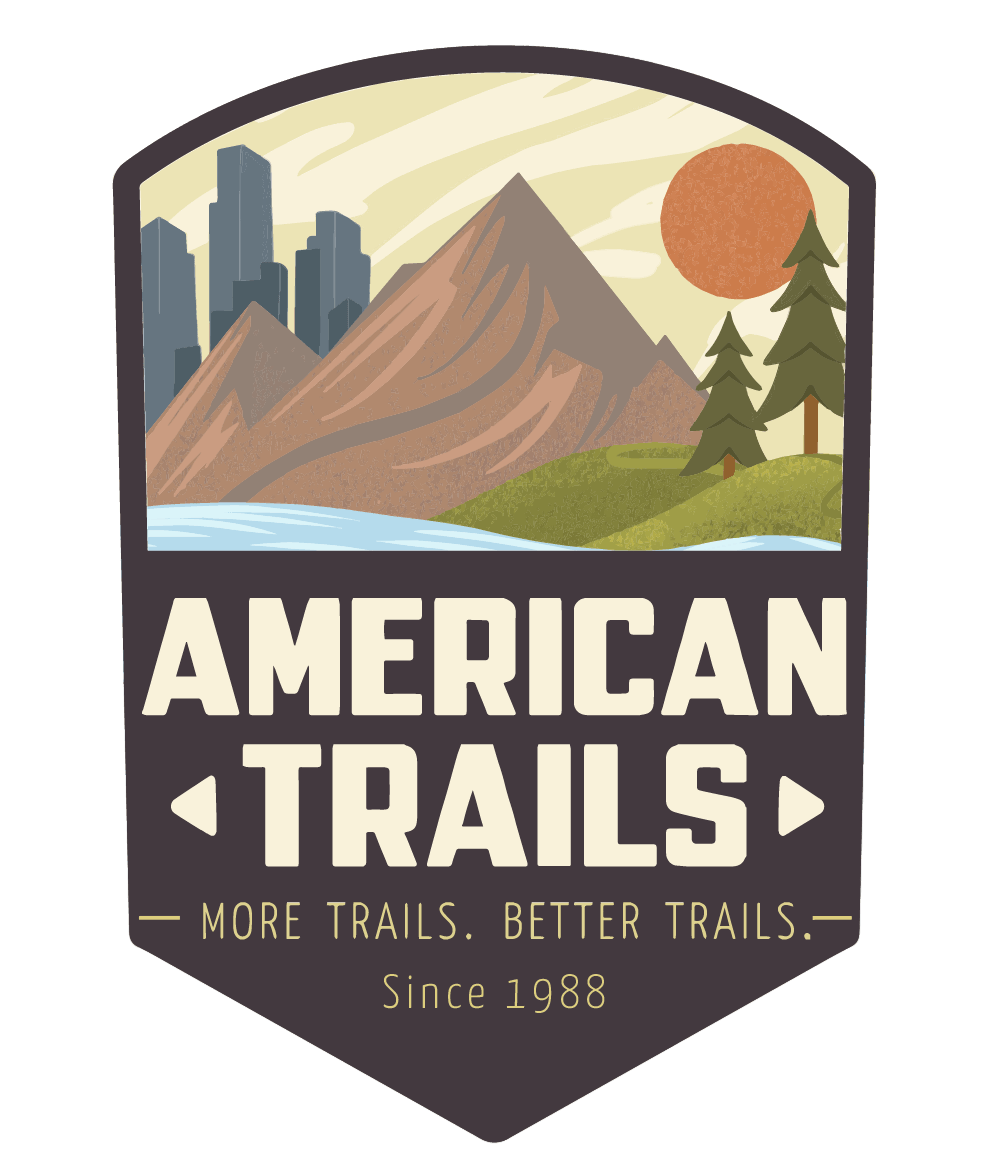




Soil Displacement and Erosion on Bike-Optimized Trails in a Western Oregon Forest
In the fall of 2015, under contract with the Bicycle Product Suppliers Association (BPSA), with counsel from a field of recreation management experts, and through a review of existing studies of erosional impacts from trail users, the International Mountain Bicycling Association (IMBA) conducted a scientifically controlled field study.
by International Mountain Bicycling Association (IMBA)
In the fall of 2015, under contract with the Bicycle Product Suppliers Association (BPSA), with counsel from a field of recreation management experts, and through a review of existing studies of erosional impacts from trail users, the International Mountain Bicycling Association (IMBA) conducted a scientifically controlled field study designed to measure relative levels of soil displacement and erosion resulting from traditional mountain bicycles, electric mountain bicycles (eMTBs), and traditional off-road motorcycles (i.e. dirt bikes). The observations were compiled in controlled environmental conditions, with each type of bike making multiple passes on separated sections of the same trail within a single test site.
Attached document published January 2016
Environmental Impacts of Winter Recreation
posted Nov 25, 2023
Regardless of our intentions, many species perceive humans as a threat and respond accordingly. In general, animals respond to threats by first increasing vigilance (time spent looking around versus foraging), and running away if the threat is perceived to be imminent.
posted Jul 15, 2022
This research investigated the influence of several use-related, environmental, and managerial factors on soil loss on recreational trails and roads at Big South Fork National River and Recreation Area, a unit of the U.S. National Park Service.
posted Jul 15, 2022
This article reviews the most recent and relevant recreation ecology studies that have been applied in wildland settings to avoid or minimize resource impacts.
posted Jul 15, 2022
This article examines the recreation ecology literature most relevant to wilderness and backcountry, with a focus on visitor impacts to vegetation, soil, wildlife, and water resources.
833 views • posted 08/07/2020